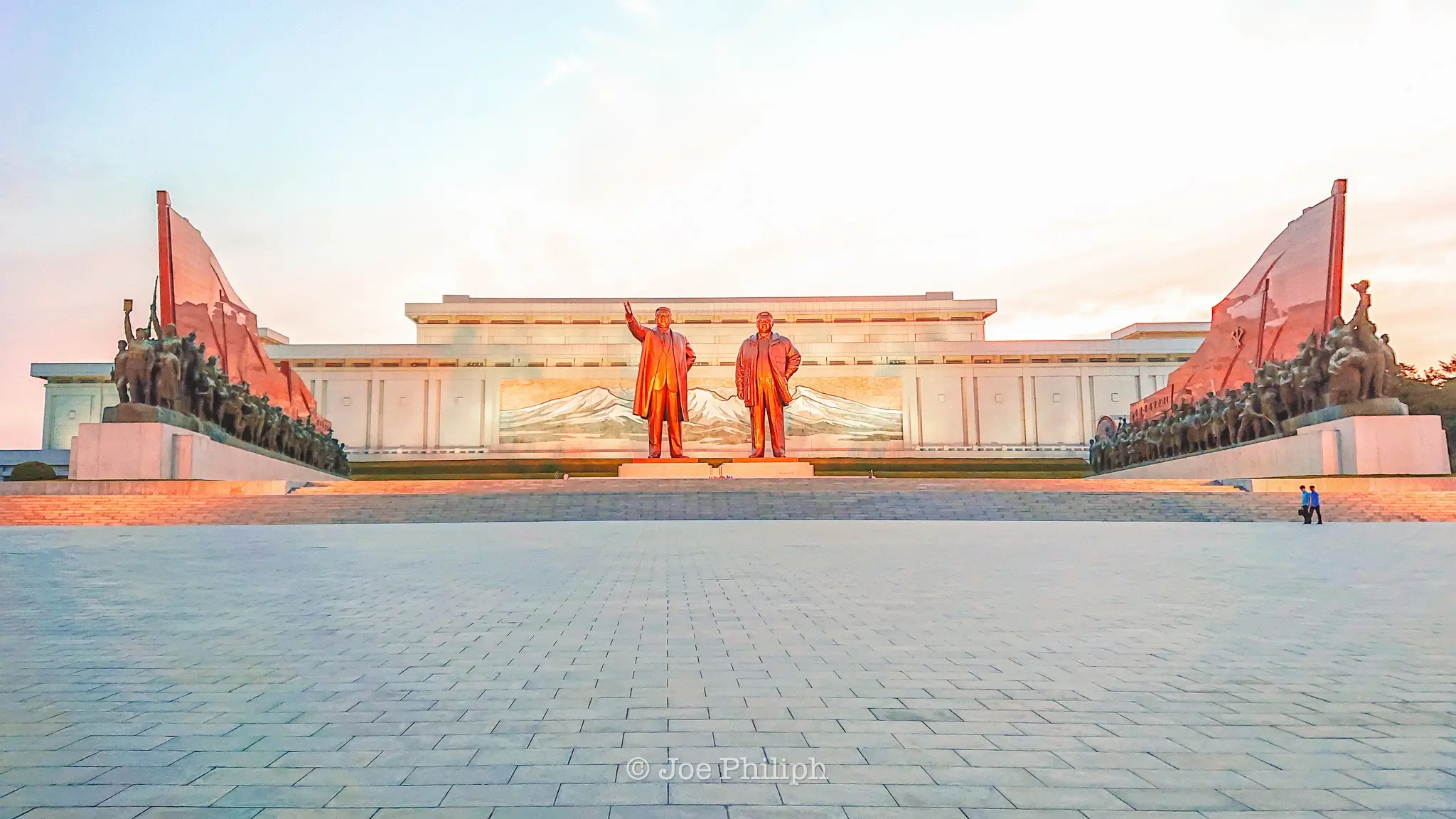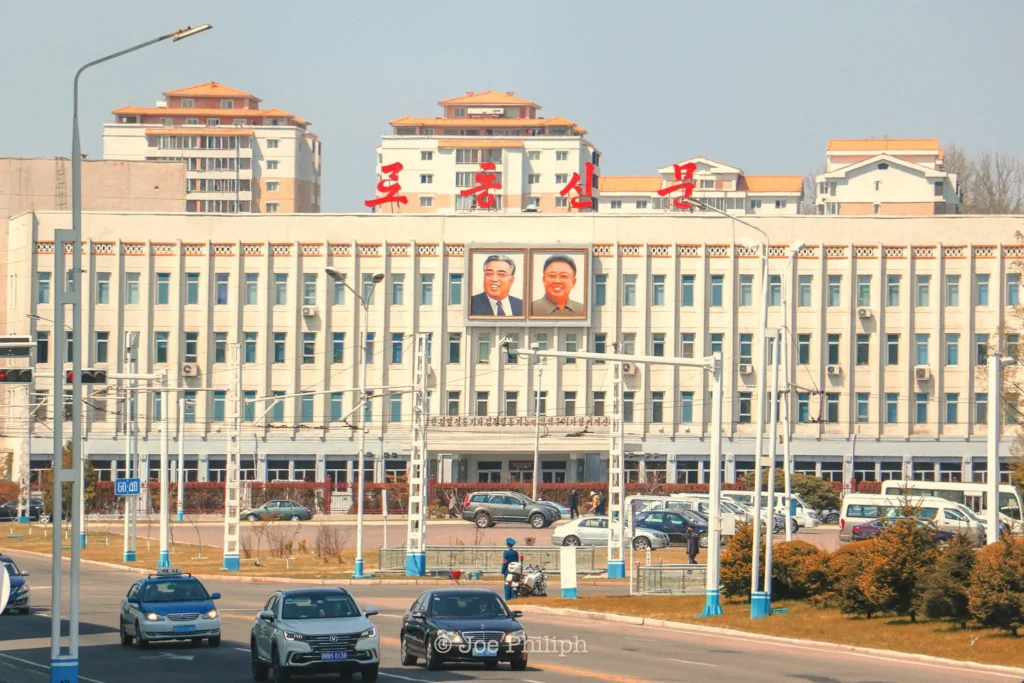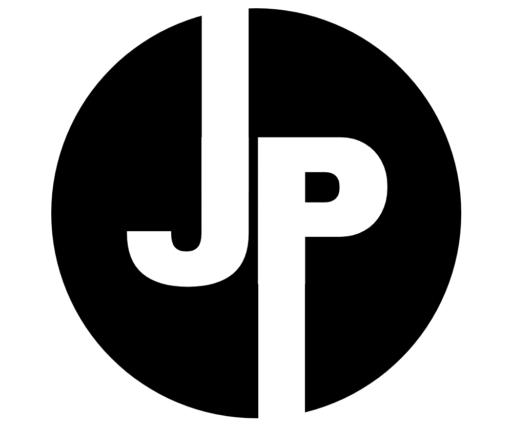Framing the Unseen: My Two Years Photographing Life Inside North Korea

Photography has always been more than a hobby to me. It’s how I observe the world, how I slow it down, capture its quiet details, and preserve fleeting moments that words often fail to explain. And so, for the very first post on this blog, I’ve decided to begin with the most unexpected chapter of my life: living and photographing everyday life in North Korea.
Between 2019 and 2021, I found myself with an unusual opportunity. I was based in Pyongyang as a local staff member at the Embassy of the Republic of Indonesia, supporting cultural and public diplomacy. Outside office hours, however, I was just a guy with a camera, wandering, observing, and quietly collecting pieces of daily life through my lens.
Living in one of the world’s most closed-off countries sounds intense, and in many ways, it was. But what made it special for me was the ability to witness daily life up close. Not the kind you see in news headlines or political debates, but simple things: families walking to school, children riding scooters in the square, a woman tending flowers outside her apartment, early morning joggers along the quiet river. These are the moments I tried to capture with my lens.
Pyongyang, surprisingly, is an incredibly organized and peaceful city. There’s order in its architecture, rhythm in its silence, and care in how the streets are maintained. It wasn’t a loud place, but that calmness gave space for reflection, for learning, and for photography. Every frame I shot was a way to understand more, to remember what it felt like to live there, and to show others a side of North Korea that isn’t often seen.
Professionally, my role was focused on supporting social and cultural exchanges. But due to international sanctions, and especially when the COVID-19 pandemic began, diplomatic activities were limited. North Korea implemented a complete lockdown, no entry, no exit. For almost two years, we lived in near-total isolation. But strangely enough, it was during this quiet period that I formed deeper connections with fellow embassy staff, with the local community, and with the country itself.
One thing that stood out was the collective way of life of the North Korean people. Basic needs, including housing, education, healthcare, and food staples, were provided by the state. Life wasn’t luxurious, but it was steady. People didn’t talk much about personal ambition or competition. Instead, there was a shared sense of duty to work not just for oneself, but for the whole. This mindset shaped the streets, the schools, the markets, and even the mood of the city.
One of the most striking places we often passed during our weekend cycling routes was the Kumsusan Palace of the Sun, the mausoleum of Supreme Leader Kim Il Sung. While I never had the chance to go inside due to pandemic restrictions (the site was closed to the public at the time, simply riding past its grand facade always left an impression. The area surrounding it was silent, heavily guarded, and meticulously maintained. It felt sacred, even from the outside. For me, it became one of those landmarks I repeatedly encountered but could only experience from a respectful distance.
Despite the common perception that North Koreans are completely isolated, there are select groups who do travel abroad, especially to China and Russia. These include athletes competing in international sports, interpreters and translators working in diplomacy, traders and business delegates involved in cross-border commerce, and individuals with senior government or military ranks. I personally met a North Korean colleague who had studied in London and returned home to serve in our office in the Munsudong District.

While physical mobility is rare and heavily filtered, the same goes for digital access. There is no public internet in North Korea. Instead, locals use a nationwide intranet system called Kwangmyong, which provides access to government-approved content like educational materials, official news, and ideological resources. Access is limited to domestically approved smartphones, usually Android-based devices made in collaboration with China. One of the most popular brands is even named Pyongyang, just like the capital. These phones offer text messaging, limited photo features, and curated mobile apps, but remain entirely offline from the global web. It was a daily reminder that in North Korea, connection, both physical and digital, is a privilege, not a given.
Another striking element during my time in Pyongyang was witnessing the massive urban development campaign led by Supreme Leader Kim Jong Un, commonly known as the Pyongyang Speed initiative. Entire city blocks were transformed in record time. I saw futuristic towers rise along Mirae Scientists Street, rows of modern apartments emerging overnight, and wide boulevards built with a bold vision. The country proudly emphasized its goal of constructing tens of thousands of new housing units, and I could see them being realized, visibly and rapidly, across the cityscape. For the people, this wasn’t just about construction; it was tied deeply to the idea of progress and national dignity.
Within the diplomatic district, our small international community kept each other grounded. We often met at a place called Friendship Restaurant & Bar, a surprisingly lively venue where we’d eat, share updates, play pool, or unwind with karaoke. These gatherings brought a sense of normalcy to our lives and gave us a space to talk freely, laugh fully, and forget for a while where we were.
As I wandered the city with my camera, I visited many of Pyongyang’s landmarks: the towering Juche Tower, the striking Ryugyong Hotel, the peaceful banks of the Taedong River, Mirae Scientists Street with its futuristic skyline, and the Arch of Triumph. Each place held layers of symbolism and silence. I didn’t just want to photograph buildings, I wanted to document atmosphere, emotion, and presence.
Looking back, those two years shaped me not just as a photographer but as a person. I came with curiosity, I stayed with purpose, and I left with perspective. I don’t claim to fully understand North Korea, no one really can from the outside, but I do know this: there is life there. Real, human life. Quiet, dignified, and deeply nuanced.











